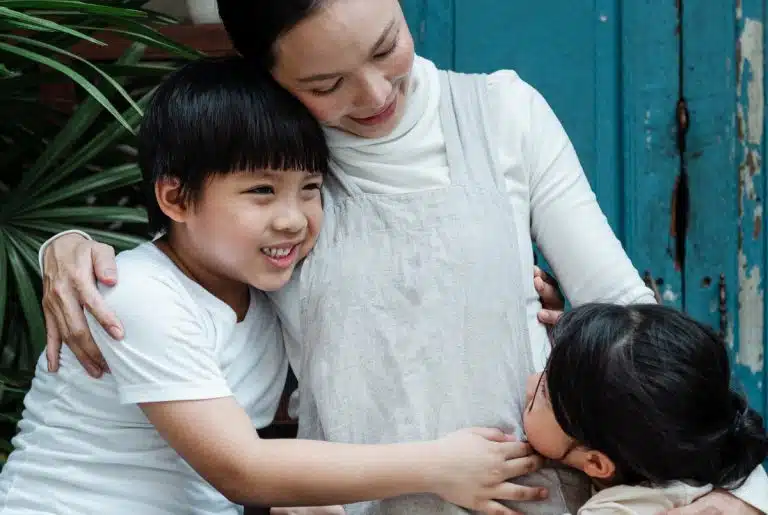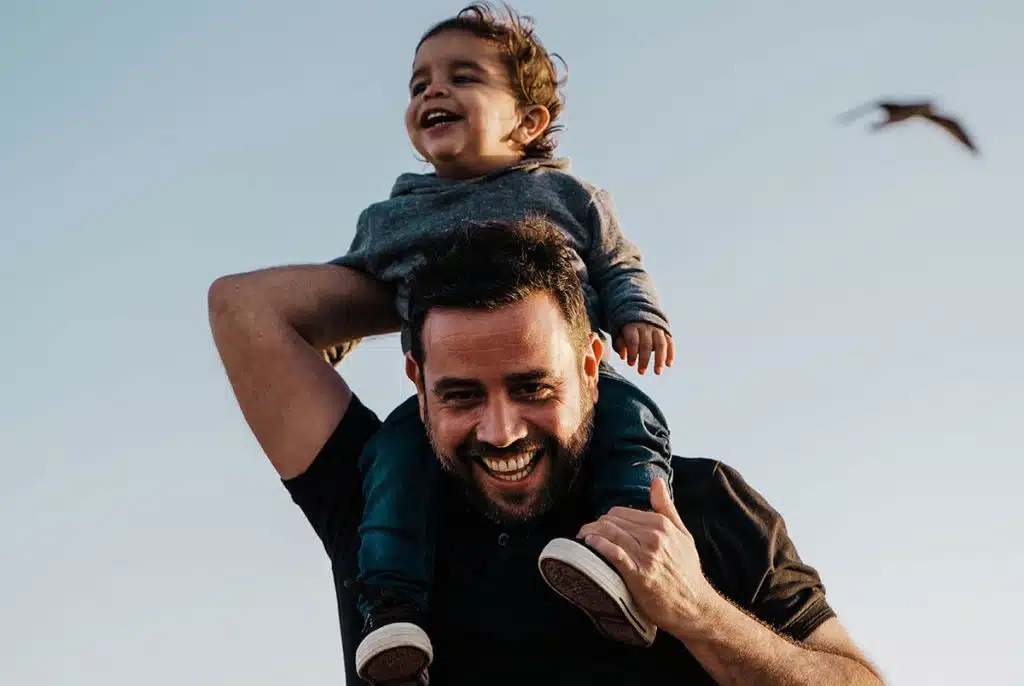목표 설정은 단순히 커리어 목표나 운동 목표를 달성하려는 어른들만을 위한 것이 아닙니다. 아이들도 목표를 설정하고 이를 위해 노력하는 법을 배우면 자신감, 회복력, 그리고 책임감을 키울 수 있습니다.
하지만 부모로서 우리의 역할은 아이들에게 모든 이정표를 제시하는 것이 아닙니다. 우리의 역할은 아이들이 의미 있는 목표를 선택하고, 이를 달성 가능한 단계로 나누고, 그 과정에서 그들의 진전을 축하하도록 돕는 것입니다.
작게 시작해서 달성 가능하게 유지하세요
미취학 아동의 경우, 목표는 간단하고, 단기적이며, 긍정적인 피드백과 연결될 때 가장 효과적입니다.
임상 심리학자이자 저희 CEO인 엘리자베스 쇼는 "어린아이에게 목표는 저녁 식사 전에 장난감을 정리하거나 접시를 싱크대로 가져가는 것처럼 간단한 것일 수 있습니다."라고 말합니다. "이러한 것들은 몇 분 안에 완료할 수 있으며, 아이들에게 뚜렷한 성취감을 선사합니다."
장기적이거나 지나치게 야심 찬 목표는 아이들에게 의욕을 저하시킬 수 있습니다. 짧고 달성 가능한 과제는 아이들이 스스로를 유능하다고 여기고, 앞으로 더 어려운 목표에 도전할 수 있는 자신감을 키우는 데 도움이 됩니다.
목표가 당신이 아닌 그들을 위한 것인지 확인하세요.
자녀가 뛰어나기를 바라는 것은 당연한 일이지만, 때로는 우리 자신의 열망이 끼어들기도 합니다. 엘리자베스는 잠시 멈춰서 이렇게 자문해 보라고 제안합니다. 이 목표는 내 아이의 성장에 관한 것인가요, 아니면 나 자신의 기대에 관한 것인가요?
예를 들어, 미취학 아동에게 학교 시작 전 독서를 장려하는 것은 유익할 수 있습니다. 하지만 진정한 목표가 "남들보다 앞서 나가는 것"이라면 불필요한 부담감을 줄 수 있습니다. 대신, 다른 아이들과 잘 어울리고, 일상을 잘 따르고, 자신의 물건을 잘 관리하는 것처럼 아이가 잘 성장하는 데 도움이 되는 기술과 행동에 집중하세요.
아이들이 자라면서 그들에게 고삐를 넘겨주세요
십 대들에게도 원칙은 비슷합니다. 달성 가능한 단계부터 시작해야 하지만, 주도권을 줘야 합니다. 엘리자베스는 "목표가 자신의 것이 아니면 아이들은 방향을 바꿔버릴 거예요."라고 말합니다. "아이들과 함께 목표가 왜 중요한지, 어떤 지원이 필요한지, 그리고 성공이 어떤 모습인지 함께 생각해 보세요. 여러분의 역할은 경찰관보다는 코치와 응원단에 가깝습니다."
진행 상황을 검토하고 조정하고 축하하세요
목표가 항상 계획대로 정확히 달성되는 것은 아닙니다. 하지만 괜찮습니다. 함께 목표를 검토하면 결과가 완벽하지 않더라도 아이들이 성취한 것의 가치를 깨닫는 데 도움이 됩니다. 엘리자베스는 "때로는 그 과정을 통해 더 의미 있는 다른 목표를 발견할 수도 있습니다."라고 설명합니다. "이렇게 하면 아이들은 자신감을 유지하고 유연성을 키울 수 있습니다."
불안한 아이들을 지원하다
아이가 불안감을 느낀다면, 목표를 더 작은 단계로 나눠보세요. "방 정리하기" 대신 "양말 다 서랍에 넣기"부터 시작하세요. 진정으로 한 걸음 나아갈 때마다 칭찬해 주세요. 하지만 목표 달성에 도움이 되지 않는 부분에 대해서는 지나치게 칭찬하지 마세요.
아이들이 스스로 목표를 설정하고 달성하도록 돕는 것은 단순히 과제 완수 능력만을 가르치는 것이 아닙니다. 문제 해결 능력, 독립심, 그리고 자신의 능력에 대한 믿음을 키워줍니다. 목표는 작고 의미 있게, 그리고 아이가 주도하도록 하면 여러모로 성공으로 이어질 것입니다.









